Master How to Train a Dog to Stop Barking at Birds – Quick Tips & Proven Strategies
As a Canine-Assisted Therapy Trainer, I’ve worked with many dogs, each with their own quirks and challenges. One common issue that pet owners often bring up is how to train a dog to stop barking at birds. This behavior can be both frustrating and disruptive, especially if your dog barks uncontrollably whenever they spot a bird in the yard or during a walk. But don’t worry, with patience, consistency, and the right techniques, you can help your dog learn how to stay calm and composed around our feathered friends. Let’s dive into why this happens and how you can manage it effectively.
Understanding Why Dogs Bark at Birds
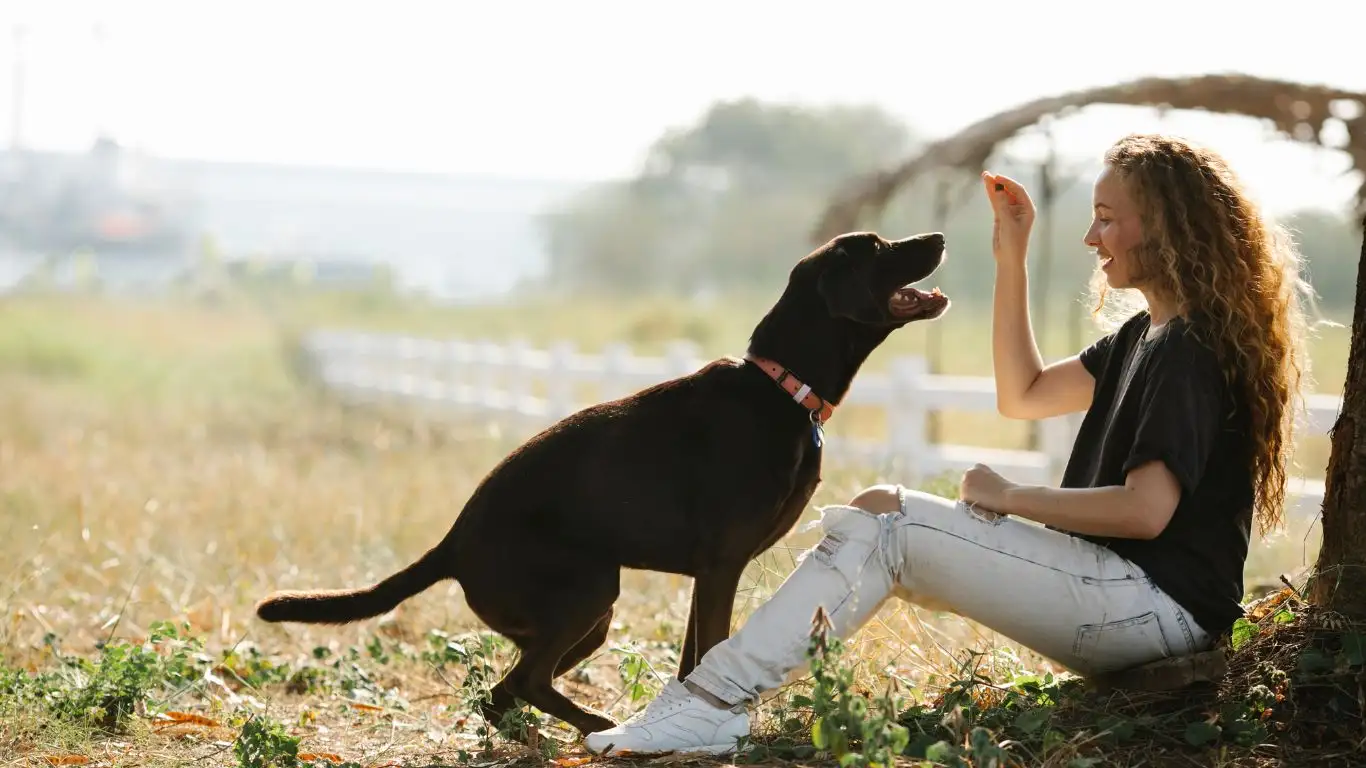
If your dog is constantly barking at birds, it can feel like an endless battle. To understand how to fix this, it’s important to first figure out why your dog is doing it. Dogs bark at birds for a variety of reasons, and each reason requires a slightly different approach. The main triggers are often rooted in their instincts or the environment they’re in.
Instincts and Prey Drive
One of the primary reasons dogs bark at birds is their natural prey drive. Dogs, especially breeds like terriers, hounds, or herding dogs, are wired to chase smaller animals. Birds, especially those flying or darting around, can trigger this instinct. While your dog might not have the intention of harming the bird, the sight of it in motion could be enough to ignite that chasing behavior. This kind of barking is often loud, persistent, and can seem impossible to control at times.
Lack of Proper Training
Another common reason is that the dog simply hasn’t been taught how to behave around birds. If your dog hasn’t been trained to be calm in such situations, barking becomes their default reaction. Training is crucial to teach them what to do instead of barking when they see a bird. With some positive reinforcement and redirection, you can help your dog choose a more appropriate response.
Excitement or Anxiety
For some dogs, barking at birds might be more about excitement than hunting instincts. They might see the bird as something new and interesting, and their excitement causes them to bark. In other cases, barking could stem from anxiety or fear. If your dog feels insecure or overwhelmed by the presence of a bird, they may bark as a way of coping. This is especially true if the bird seems out of reach or unfamiliar to the dog.
How to Train a Dog to Stop Barking at Birds

Once you understand why your dog is barking at birds, you can start implementing effective training techniques. The key is consistency and patience. Here are some strategies I’ve found helpful in my work with clients and their dogs:
1. Redirect Their Focus
One of the first things I recommend is redirecting your dog’s attention. When your dog starts barking at a bird, instead of just telling them “no” or “quiet,” which can often be ineffective, redirect their focus to something else. Try using a toy, treat, or command they already know, such as “sit” or “look at me.” This shifts their attention away from the bird and back onto you, reinforcing positive behavior.
2. Use Positive Reinforcement
Positive reinforcement is key to teaching your dog new behaviors. Every time your dog responds well to a command and stops barking when they see a bird, reward them with praise, treats, or a favorite toy. This helps your dog associate calm behavior with something rewarding. Over time, they will learn that being quiet around birds brings them good things, while barking doesn’t.
3. Create a Calm Environment
If your dog is anxious or overly excited about the presence of birds, it’s important to create a calm environment. Try practicing in a controlled space, like a fenced yard or on a leash during walks, where you can easily manage the situation. Start with less exciting distractions, like small animals or distant birds, and gradually work up to closer or more active birds. This gradual desensitization helps your dog get used to the idea of birds without getting overly excited or anxious.
4. Use a “Quiet” Command
Teaching your dog a “quiet” command is another effective tool in your training toolkit. When your dog starts barking at a bird, calmly say “quiet” in a firm but gentle voice. Wait until they stop barking, even if it’s just for a moment, then reward them with a treat. Repeat this process over time, and your dog will start to associate the word “quiet” with stopping their barking. With enough practice, they will learn to stop barking on command.
Managing the Environment
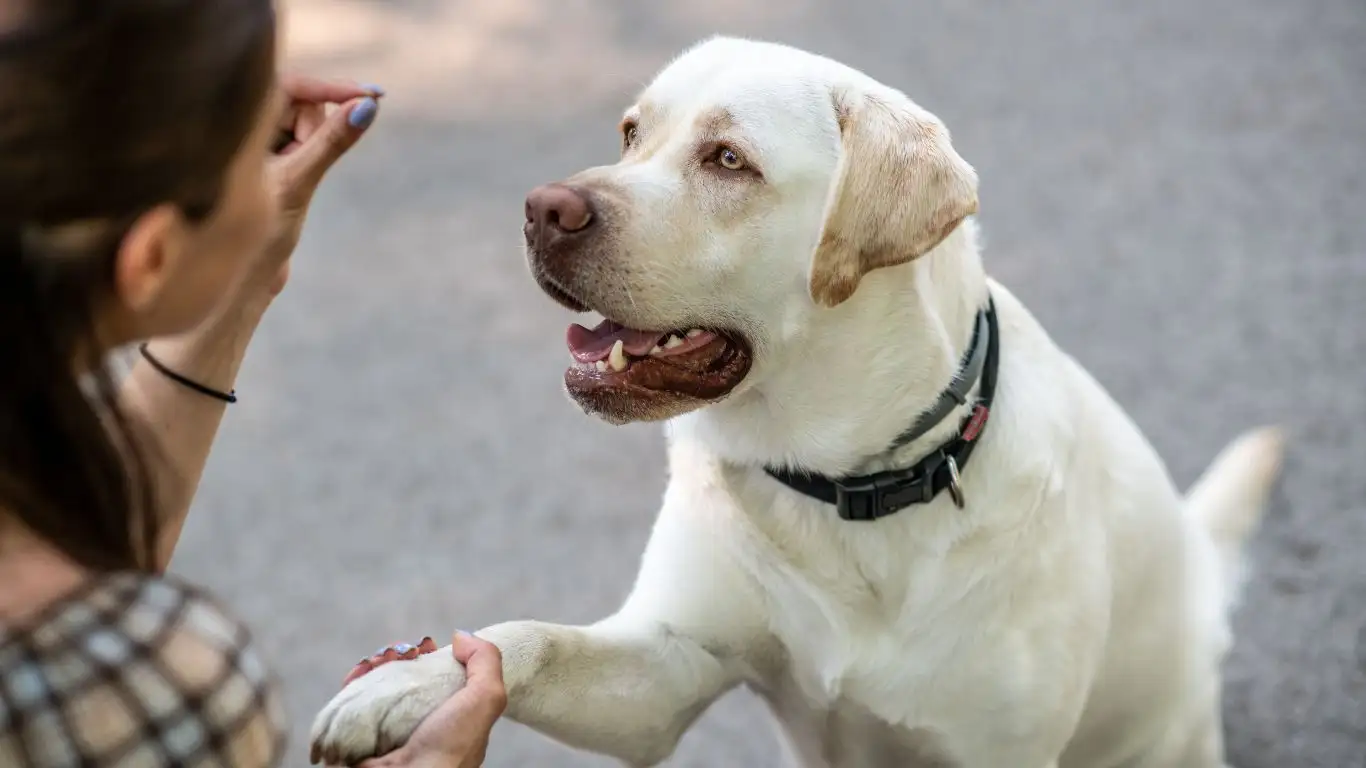
While training is crucial, managing the environment is equally important. If your dog is constantly exposed to birds, it might be helpful to reduce the temptation during training. This doesn’t mean you need to remove birds from your yard or stop walking in areas where they’re common, but it does mean you can control the situation better in the early stages of training. For example, if you notice your dog getting overly excited when they see birds outside the window, try blocking their view by closing the blinds or moving to a different room.
It’s all about creating a balance between training your dog to remain calm and managing the external triggers that might encourage barking. With consistent practice, both indoors and outdoors, your dog will learn how to stay calm and collected when birds are around.
Incorporating Mental Stimulation into Training

Another important aspect of training your dog to stop barking at birds is to keep their mind engaged. Mental stimulation can play a significant role in curbing unwanted behaviors, like barking. Often, dogs bark at birds because they are bored or overstimulated, and they don’t know what else to do with that energy. A well-occupied dog is a calmer dog, and the more we keep their minds busy with fun and challenging tasks, the less likely they are to fixate on birds or other distractions.
Interactive Toys and Puzzles
When you’re working on training your dog, interactive toys or puzzle feeders are an excellent way to keep them engaged. These toys make your dog work for their food or treats, which encourages problem-solving and focuses their energy on something other than the bird. I’ve had clients tell me that after they started using puzzle toys, their dogs were less likely to bark at distractions, as they had their attention directed elsewhere.
Training Sessions as Mental Workouts
Training sessions, while teaching your dog commands, also serve as mental workouts. Just like humans, dogs need mental exercise to stay balanced. Incorporating short, fun training sessions where your dog has to focus on you and follow your commands will tire them out in the best way possible. Try mixing in some new tricks, practicing old ones, or introducing scent-based games that encourage your dog to use their nose and brain. You’d be amazed at how tiring it is for them to focus, and it helps prevent those bursts of energy that often lead to barking.
Desensitizing Your Dog to Birds

Now, let’s talk about desensitization. Desensitizing your dog to the sight and sound of birds is one of the most effective long-term strategies for reducing barking. This technique involves gradually exposing your dog to the thing that triggers their barking—birds, in this case—while keeping them calm and controlled. Over time, this helps to lower their sensitivity to the stimulus, so they no longer react with barking or excitement.
Start Slow and Build Up
When starting desensitization, it’s important to go slow. Start by exposing your dog to birds at a distance. If you can, observe birds from inside your home or from your car during a walk. The key is to allow your dog to notice the bird without triggering the barking. During these initial stages, keep your dog on a leash to ensure you have control and to prevent them from running toward the bird. Reward them for staying calm, and gradually decrease the distance between your dog and the birds over time.
Using Bird Videos or Sounds
If you don’t have access to live birds in your immediate area, you can also use videos or recordings of birds as a way to start desensitizing your dog. Play the video or sound at a low volume while you work on commands or just hang out with your dog. Make sure the volume isn’t too loud or overwhelming, as you want to create a calm and relaxed environment. As your dog begins to tolerate the sound or sight of birds without reacting, you can gradually increase the volume or play more exciting bird videos. This slow exposure helps your dog understand that the presence of birds isn’t something to get worked up about.
Positive Reinforcement in the Real World
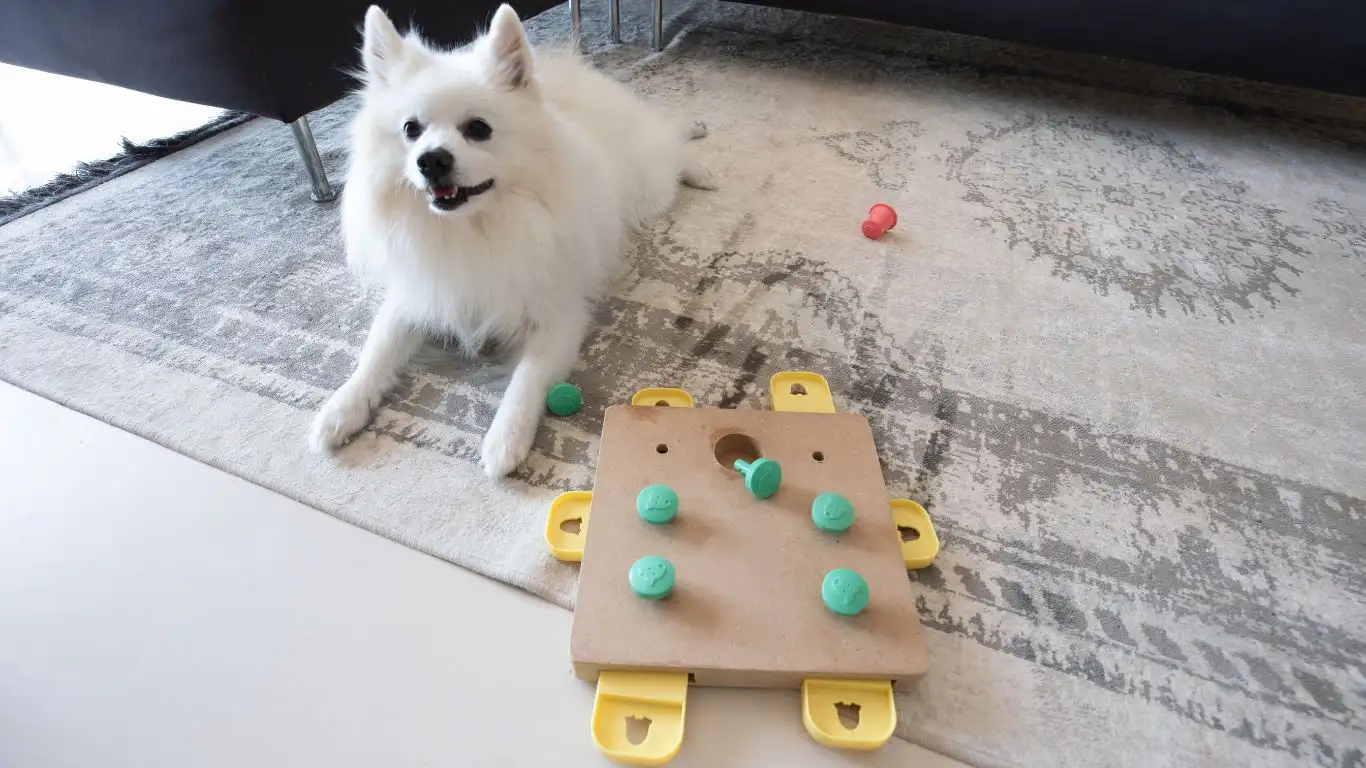
One of the most important things you’ll learn as you train your dog to stop barking at birds is that real-world scenarios will present their own challenges. It’s one thing to practice in your backyard or during a controlled session, but it’s another when you’re out on a walk or in a public park, and a bird flies right in front of you. This is where positive reinforcement truly comes into play. It’s crucial to stay consistent with your training even in real-life situations.
Keep Treats and Rewards Handy
When you’re out and about with your dog, always be prepared with treats or rewards for good behavior. If you’re in an area where birds are common, like a park or a nature trail, make sure you have some of your dog’s favorite treats within reach. As soon as they notice a bird but remain calm, praise them and give them a treat. This helps reinforce the idea that staying quiet around birds is something they’ll be rewarded for. If they bark, don’t scold them immediately. Instead, redirect their attention with a command or a toy, then reward them once they stop barking.
Consistency is Key
As with any dog training, consistency is key. If you only practice a few times and expect your dog to be perfect, you’re setting yourself up for disappointment. The more often you expose your dog to birds in various settings, the more opportunities you’ll have to reward calm behavior. This consistent, positive reinforcement approach will help them generalize the behavior, meaning they’ll apply the skills they’ve learned in one context to other situations.
Additional Tips to Help Train Your Dog to Stop Barking at Birds
While the methods outlined above are some of the most effective strategies, here are a few additional tips that can make the training process smoother:
- Stay Calm Yourself: Dogs often pick up on our emotions. If you’re frustrated or anxious, your dog may mirror those feelings and become even more excitable. Stay calm and composed during training sessions to set the tone for your dog.
- Use a Head Halter: If your dog is particularly hard to manage, consider using a head halter during walks. This gives you more control over their movement, especially if they’re prone to lunging or pulling towards birds.
- Practice in Different Environments: The more varied your training environments, the better. Practice in the park, on different walking trails, or even in new neighborhoods to help your dog generalize their calm behavior.
With time, dedication, and a mix of the right techniques, your dog will learn to stop barking at birds and behave in a more relaxed, controlled manner. It’s all about patience, repetition, and positive reinforcement. Keep up the great work, and soon enough, your dog will be a pro at keeping their cool, even when those feathered friends are nearby!
What to Do When Progress Seems Slow
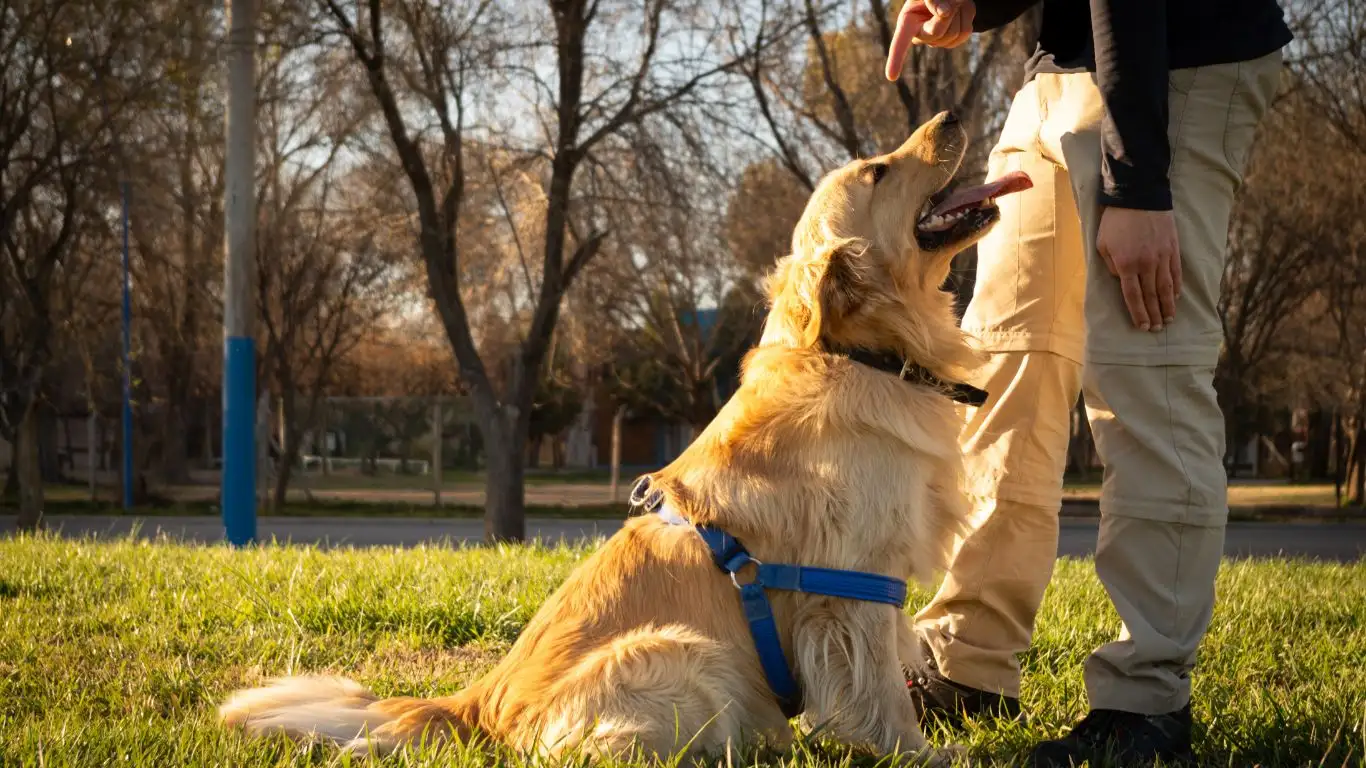
Training your dog to stop barking at birds can sometimes feel like a long road. You might feel like you’re doing everything right, but your dog still reacts with excessive barking when they see a bird. First off, take a deep breath. Progress can be slow, and every dog learns at their own pace. Some dogs may take a little longer to grasp the concept, while others pick up new behaviors more quickly.
One thing I always tell my clients is that patience is key. It’s easy to feel frustrated when your dog doesn’t seem to be getting it, but small victories are important. Even if your dog is barking less frequently or for shorter periods, that’s progress. Remember that the goal isn’t to expect perfection immediately—it’s about making gradual improvements and celebrating the small wins along the way. Here are a few tips to help keep you motivated during slow progress:
1. Set Realistic Expectations
It’s crucial to set realistic expectations. Your dog may not completely stop barking at birds overnight, and that’s perfectly normal. You’re asking them to break an instinctual behavior, which can take time. Start by focusing on reducing the intensity or frequency of the barking, rather than expecting an immediate change. Small improvements, like your dog barking once instead of continuously, are all part of the process.
2. Track Your Dog’s Progress
Sometimes it’s hard to see how far you’ve come when you’re in the thick of training. Keeping a log or journal of your dog’s progress can help you visualize the improvements. Note down when your dog barked at a bird, how long the barking lasted, and what you did to redirect their behavior. You might notice patterns or improvements you hadn’t realized. Plus, tracking progress can keep you motivated to stay consistent in your training efforts.
3. Get Support from a Professional
If you’ve been struggling with your dog’s barking and feel like you’re at a standstill, it might be time to seek some outside help. As a Canine-Assisted Therapy Trainer, I often work with clients who feel like they’ve tried everything and still aren’t seeing the results they want. Sometimes a professional can offer fresh perspectives or new techniques that might work better for your dog. Don’t be afraid to reach out for help—it’s what we’re here for! A professional trainer can also ensure that you’re not unintentionally reinforcing bad behavior.
Incorporating Consistency and Daily Practice
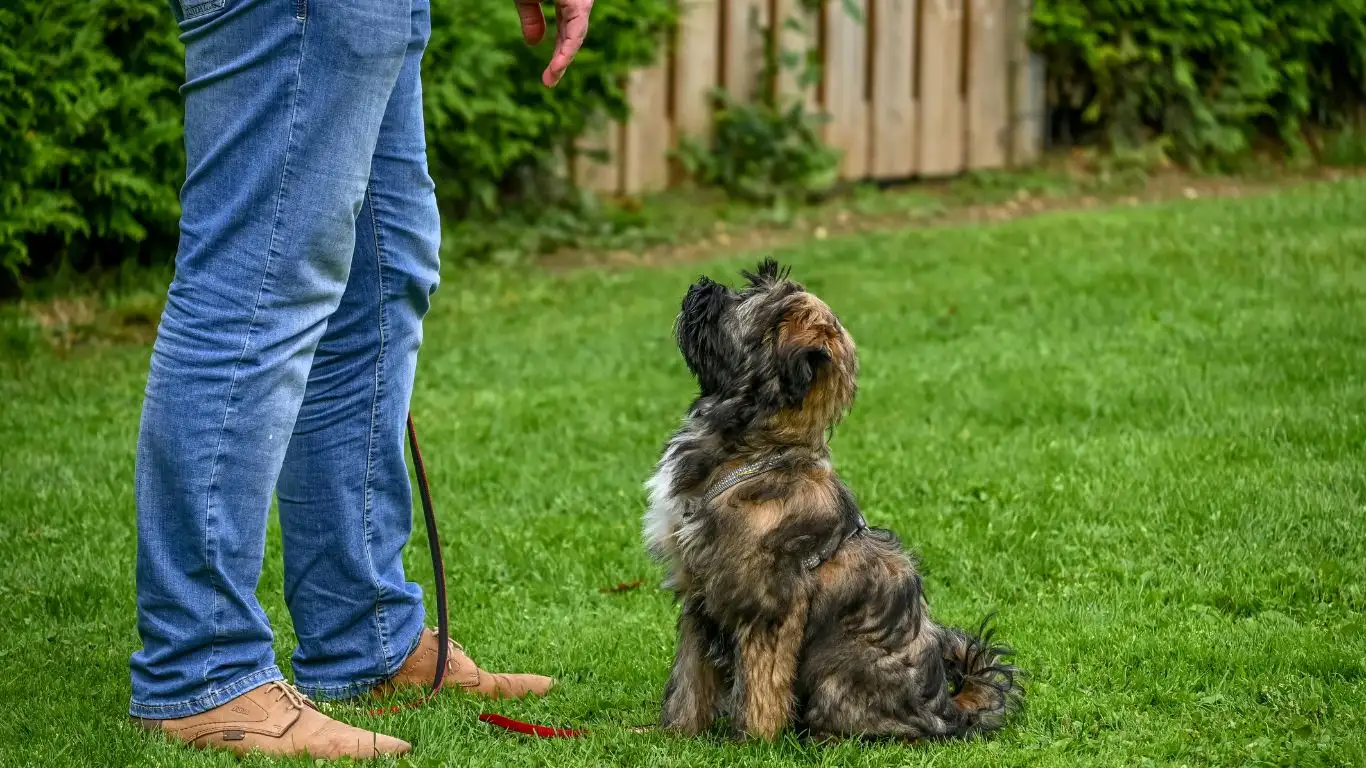
Consistency is everything when it comes to dog training. Whether you’re teaching your dog to stop barking at birds or training them for something else, daily practice is essential. This doesn’t mean you need to have hour-long training sessions every day, but short, regular sessions will keep your dog on track and ensure they remember what they’ve learned.
Daily Training Sessions
One of the best ways to keep up with consistent training is by incorporating it into your daily routine. Instead of doing training in a separate session, try to weave it into your day. For instance, during walks, use moments when your dog encounters a bird to reinforce calm behavior. You can also incorporate training while feeding, during playtime, or when your dog is just hanging out with you. The more natural and integrated the training feels, the more successful it will be.
Repetition is Key
Training isn’t a one-and-done deal. Repetition is necessary for your dog to fully grasp the behavior you’re trying to teach. It’s similar to how we learn something new—we don’t get it right the first time, but through repetition, it becomes second nature. The more you reinforce the right behavior when your dog encounters birds, the quicker they’ll learn that barking doesn’t get them what they want. Keep practicing every day and be patient with them. It’s a process, and every day is an opportunity for growth.
When to Seek Veterinary Advice or Professional Help
In some cases, barking at birds might be linked to underlying behavioral or medical issues. If you’ve tried all of the training techniques and aren’t seeing any improvement, it might be time to consult a veterinarian or a professional dog behaviorist. Here are a few signs that indicate it might be time for additional help:
- Excessive Anxiety or Fear: If your dog seems anxious or fearful when barking at birds, it could be a sign of deeper anxiety issues that need professional intervention.
- Persistent Barking Despite Training: If your dog continues to bark incessantly, even after consistent training, a professional trainer or behaviorist can assess the situation and provide tailored solutions.
- Health Concerns: Sometimes dogs bark due to pain or discomfort, especially if they’re feeling unwell. A quick check-up from your vet can rule out any medical causes for the barking behavior.
If you’re unsure whether your dog’s barking is related to a health issue, it’s always a good idea to have a conversation with your veterinarian. They can help rule out any underlying medical conditions and ensure your dog is in good health. After all, a healthy dog is much more likely to respond well to training.
Final Thoughts: Patience, Persistence, and Progress
Training your dog to stop barking at birds can be a challenging yet incredibly rewarding process. With the right techniques, a lot of patience, and a steady commitment to consistency, you’ll eventually see the results you’re hoping for. Always keep in mind that every dog is unique, and the journey might take a little time. However, as you keep practicing and reinforcing positive behavior, your dog will learn to stay calm around birds and other distractions.
If you ever need extra support, remember that there are always resources available, whether it’s a professional dog trainer, a veterinarian, or helpful articles on trusted websites like American Kennel Club or PetMD. You’re not alone in this journey, and with the right tools and support, you’ll be well on your way to creating a calmer, happier environment for both you and your dog.
Disclaimer: The information provided in this article is meant for educational purposes only. Always consult with a qualified professional or veterinarian if you have concerns about your dog’s behavior or health. Every dog is different, and what works for one might not work for another. Always monitor your dog’s response to training and make adjustments as needed.






